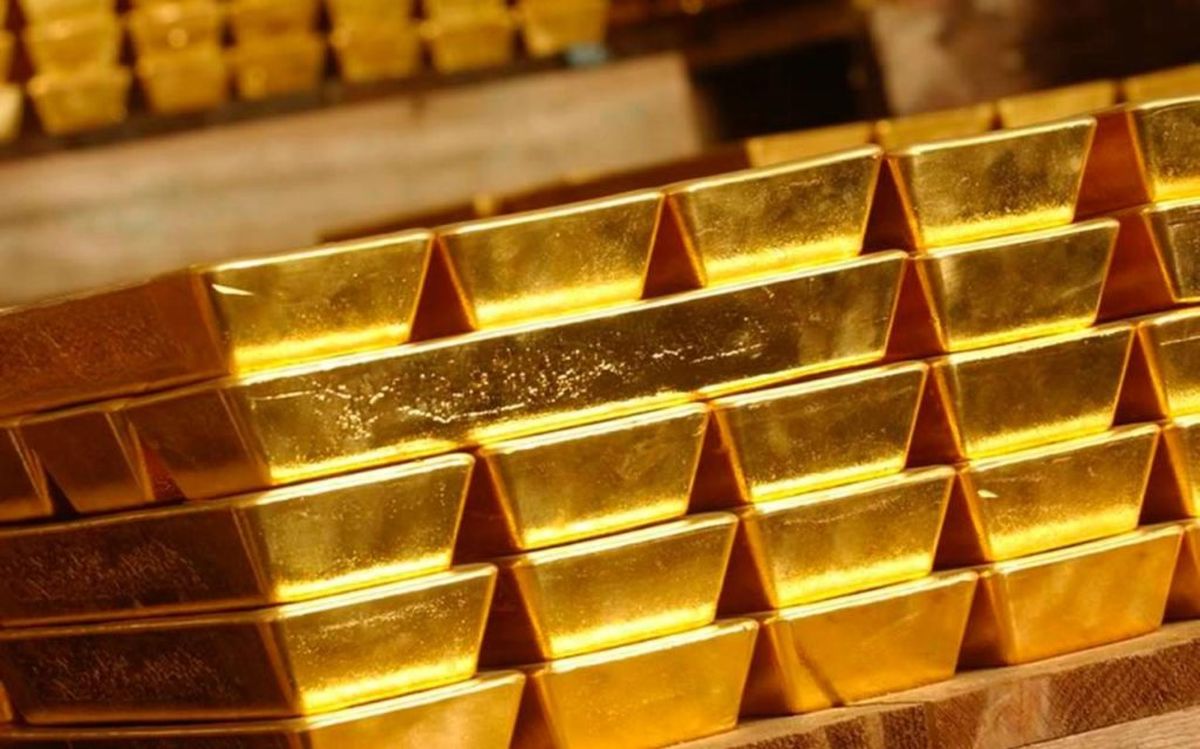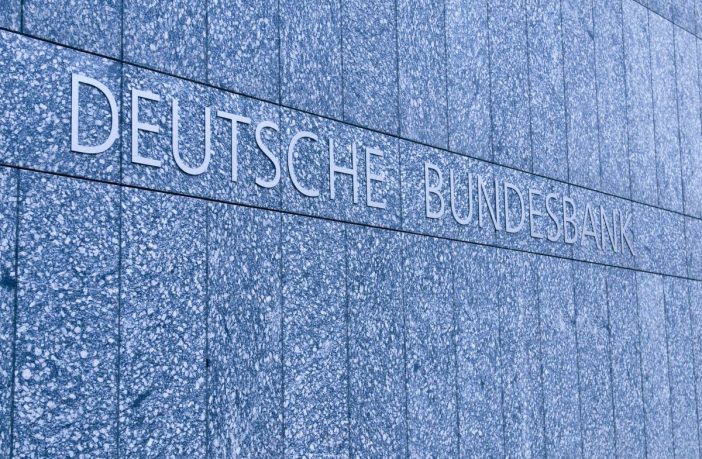Size of FX reserves: an overview of the gold bullion accumulation in the Central Bank of different countries
The German central bank continued the trend of several countries and increased gold purchases to replenish reserves. According to September data, the size of FX reserves has increased by 95 thousand ounces.
Acquisition of the precious metal by the Bundesbank is the first fact in 20 years. The volume of the deal was small – $135 million, but it indicates that Germany paid attention to the assets, which have been stable for a long time.
The country ranks third in the world by the amount of gold reserves, but since the 2000s, the German Central Bank has been gradually getting rid of it. During this time it has sold 3.25 million ounces. If we take into account today’s quotations, the market value of the precious metal was 4.8 billion dollars.
Since 2012, the Bundesbank has significantly reduced the rate of sales, which was caused by a check from the Federal Court. The auditors were engaged in accounting for gold bullions. In this regard, the Central Bank of Germany initiated the return of gold bullion from the U.S. and France, where the precious metal has been located since the Second World War.
During 2013-2017, 674 tons of gold were delivered to Frankfurt from the Federal Reserve Bank of the United States and France, which is about 20% of the total size of FX reserves.
Experts have long been talking about the prospects of buying gold, and predict that the purchase of gold will be even more intense. In total in 2018, the world’s central banks added 652 tons of gold reserves, 74% more than in the previous period. At the beginning of the year, the total amount of gold reserves was 34 thousand tons. Such volume of gold bars acquisition is the second in history, the larger batch was only in 1967.
 Traditionally, the Central Banks of Russia, India and China are interested in gold, but recently the Central Bank of Eastern Europe has also become active. Last year Romania replenished its reserves by 31.5 tons, which is 10 times more than their previous reserves. In the 2nd quarter of this year Poland bought 100 tons of gold, increasing its reserves by 120%. Thanks to this, the country has risen from 38th position to 23rd position in terms of precious metal.
Traditionally, the Central Banks of Russia, India and China are interested in gold, but recently the Central Bank of Eastern Europe has also become active. Last year Romania replenished its reserves by 31.5 tons, which is 10 times more than their previous reserves. In the 2nd quarter of this year Poland bought 100 tons of gold, increasing its reserves by 120%. Thanks to this, the country has risen from 38th position to 23rd position in terms of precious metal.
This interest in the asset has not gone unnoticed for its value. The price of gold rose by 16% and was fixed at 1493 dollars per troy ounce. The maximum registered in September is 1557.11 dollars per ounce, which is the highest value since 2013.
Active replenishment of gold reserves by central banks is primarily due to complex geopolitical processes and slowdown in economic growth. Russia is confident that the precious metal will help protect itself from political risks and legal attempts.




